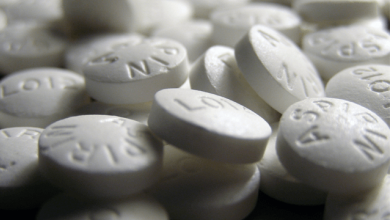Search results
Foreword
Author(s):
Karen R Lui
Added:
3 years ago
Article
Performance Measures for Cardiac Rehabilitation—An Opportunity to Bridge an Important Treatment Gap
Author(s):
Marjorie L King
,
Randal J Thomas
Added:
3 years ago
Article
Author(s):
Edwin E Ferguson
Added:
3 years ago
Cardiac rehabilitation (CR) refers to coordinated multifaceted interventions designed to optimize a cardiac patient's physical, social, and psychological functioning, with the additional goals of stabilizing, slowing, or even reversing the progression of the underlying atherosclerotic processes, thereby reducing morbidity and mortality. CR is a comprehensive secondary prevention program that…
View more
Foreword
Author(s):
Gregory J Dehmer
Added:
3 years ago
Article
Author(s):
Edwin E Ferguson
Added:
3 years ago
Cardiac rehabilitation (CR) refers to coordinated multifaceted interventions designed to optimize a cardiac patient's physical, social, and psychological functioning, with the additional goals of stabilizing, slowing, or even reversing the progression of the underlying atherosclerotic processes, thereby reducing morbidity and mortality.1CR is a comprehensive secondary prevention program that…
View more
Foreword
Author(s):
Marjorie L King
Added:
3 years ago
Article
Author(s):
Randall S Stafford
,
Veronica Monti
,
Jun Ma
Added:
3 years ago
Cardiovascular disease (CVD), including myocardial infarction and stroke, is the leading cause of morbidity and mortality in the US. A broad array of randomized trials have demonstrated the benefits of low doses of aspirin (75-325mg)1,2 for both the primary3-7 and secondary8-11 prevention of CVD. Most trials demonstrate a 15-40% reduction in cardiovascular events with chronic aspirin use.Aspirin…
View more
Author(s):
Randall S Stafford
,
Veronica Monti
,
Jun Ma
Added:
3 years ago
Cardiovascular disease (CVD), including myocardial infarction and stroke, is the leading cause of morbidity and mortality in the US. A broad array of randomized trials have demonstrated the benefits of low doses of aspirin (75-325mg)1,2 for both the primary3-7 and secondary8-11 prevention of CVD. Most trials demonstrate a 15-40% reduction in cardiovascular events with chronic aspirin use.Aspirin…
View more
Aspirin and Statins to Decrease Risks of Cardiovascular Disease — The Need for Wider Utilization
Author(s):
Charles H Hennekens
,
Danielle Hollar
Added:
3 years ago
Article
Aspirin and Statins to Decrease Risks of Cardiovascular Disease – The Need for Wider Utilization
Author(s):
Charles H Hennekens
,
Danielle Hollar
,
Arthur S Agatston
Added:
3 years ago
Article










